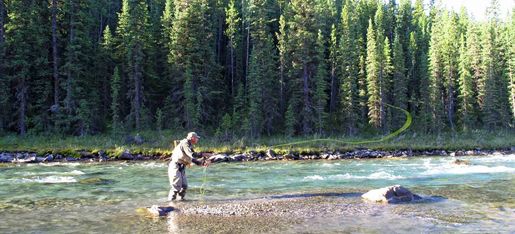Signed in as:
filler@godaddy.com
- Home
- Guy Woods Blog & Website
- Urban Trout Hatchery 2023
- Spawning
- West Nose Creek Willows
- Jumpingpound Creek
- Bighill Creek
- The Middle Bow River
- Millennium Creek's Trout
- Planting The Water's Edge
- Horse Creek Crossing
- Tree Wrapping For Beavers
- West Nose Ground Water
- Big Spring Creek
- The 2022 Trout Hatch
- Bighill Creek Vandalism
- Lateral Margin Habitat
- Bio-Engineering Habitat
- Ranch House Spring Creek
- Examining a Pool Habitat
- Stream Tender Magazine
- Indigenous Opportunities
- BVHD Website
- Stream Tender Magazine 2
- Creek Maintenance
- Spawning Channel
- Building a log v-weir
- Bighill Creek Movie 2023!
- Bighill Creek Anthology
- Caddis Fly Larvae
- Ghost Bay Re-contouring
- Millennium Creek's Pools
- Mill. Crk Spawning 2014
- Mitford Trout Pond Deeper
- Spawning Under Bridge
- Head Start Planting Tech.
- Update - BVRR&E Program
- Canmore Creek Project- 98
- Smith Dorrian Bull Trout
- Bow River Boulder Project
- West Nose Creek Trout
- Willows in a Bucket
- Anatomy of a Pool Habitat
- Stream Bank Erosion 2023
- Millennium Creek Story
- The Three Amigos Update!
- The First Day 2023!
- Pool Habitats that Work!
- Guy Woods Movie and Video
Streamtender.org Media is all free viewing!
Streamtender.org Media is all free viewing! Streamtender.org Media is all free viewing! Streamtender.org Media is all free viewing!The drop down menu is at top right corner of this screen.
Official Bow Valley Habitat Development
website! Scroll down.


